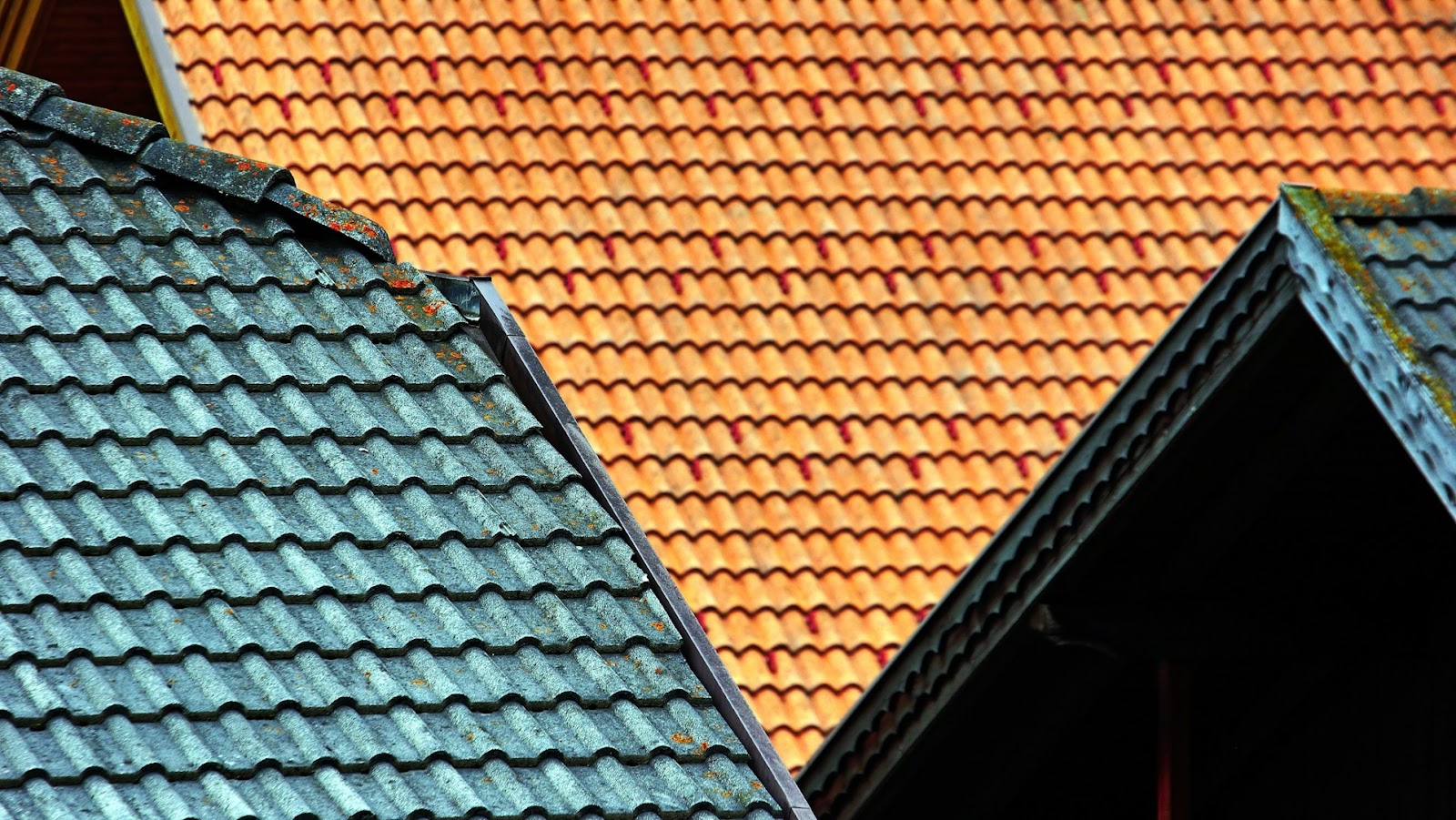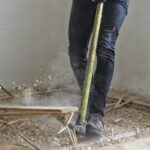Your roof is one of your home’s most vital protective layers, shielding you from rain, snow, wind, and heat year-round. Despite its importance, it’s easy to overlook until something goes visibly wrong. By the time a leak shows up inside, the damage is often already extensive and costly to repair, notes Markham Services Company.
That’s why routine roof inspections are important. They help catch minor issues before they escalate and extend the life of your roof by identifying wear and damage early. Knowing when to schedule an inspection is key. Here are the most common signs that it’s time to take a closer look at your roof’s condition.
Visible Damage or Missing Shingles
The easiest way to spot potential roofing problems is with a simple visual inspection from the ground. If you notice cracked, curling, or missing shingles, it’s a clear indication that your roof is under stress. Severe weather, such as hailstorms or strong winds, can dislodge or damage shingles, exposing the underlayment and decking to moisture. While some homeowners worry about the cost of roof inspection, it’s a small price to pay compared to the expense of water remediation or structural repairs from prolonged neglect. Even one missing shingle can compromise your roof’s integrity, allowing water to seep through and damage insulation, wood framing, and ceilings. If you see multiple damaged areas, it’s time to act.
Sagging or Uneven Roof Lines
A sagging roof is more than an aesthetic concern, it’s a potential structural issue. Sagging sections can occur due to prolonged water saturation, rotted decking, or weakened trusses. You might notice dips in the roof line when viewing your home from the street, especially near valleys or ridges.
This type of damage is often hidden under shingles and may not be obvious until you physically inspect the roof or start seeing interior signs, such as bowing ceilings. Addressing it early can prevent collapse or costly reconstruction. If your roof has developed an uneven appearance, a professional inspection is urgent and necessary.
Water Stains and Interior Leaks
Water spots on ceilings, bubbling paint, or moisture around light fixtures are telltale signs that water is entering your home through the roof. These stains often appear far from the actual source of the leak due to the way water travels along beams and ceilings.
Leaks can stem from compromised flashing around chimneys, vents, or skylights, or from damaged underlayment and shingles. Once water gets in, mold and rot can follow. If you spot any discoloration, even if it seems minor, schedule an inspection right away to prevent more serious and expensive damage.
Moss, Algae, or Mold Growth
While a green tint might look charming on a cottage roof, moss and algae are bad news for roofing materials. Moss retains moisture, creating a perfect environment for wood rot and shingle deterioration. Algae and mold, on the other hand, can compromise surface coatings and contribute to staining.
These organisms are especially common in shady, damp environments and often appear on roofs in the form of streaks or patches. If left untreated, the moisture retention can cause shingles to lift or separate. A professional inspection will assess the extent of the growth and recommend appropriate cleaning or repairs to prevent long-term damage.
Granule Loss or Shingle Debris in Gutters
As asphalt shingles age, they begin to shed granules, tiny ceramic-coated particles that provide UV protection and durability. These granules often collect in gutters or downspouts, and their presence is a red flag that your shingles are wearing out.
You might find shingle fragments or broken pieces, especially after a storm. This type of wear leaves the roof more vulnerable to sun exposure, water penetration, and temperature-related cracking. If you’ve noticed debris in your gutters recently, it’s a good reason to schedule a full inspection to evaluate your roof’s remaining lifespan.
It’s Been a While Since Your Last Inspection
Even if there are no visible issues, time alone can be a reason to inspect your roof. Most experts recommend having your roof checked at least once every two years, and more frequently if your area experiences extreme weather or heavy tree cover. Roofs over ten years old should be inspected annually to ensure aging materials are still holding up.
Regular inspections catch issues early and help maintain warranties and insurance coverage. A professional report can be useful when selling your home or filing a claim after a storm. Treating inspections as preventive maintenance, rather than emergency response, saves time, money, and stress in the long run.

A sturdy, well-maintained roof is crucial to the safety and comfort of your home. Whether you’re dealing with visible damage or simply trying to stay ahead of potential issues, recognizing the signs that it’s time for an inspection is the first step. Don’t wait for a leak to appear before taking action.
Proactive inspections extend your roof’s life, preserve your home’s value, and provide peace of mind during every season. When in doubt, trust your instincts and your roof’s signals. A small investment in professional evaluation today can prevent major expenses and headaches tomorrow.






